Expect the unexpected: 31 years on, the Giro returns to Sappada
Second part of Friuli doubleheader rife with opportunity
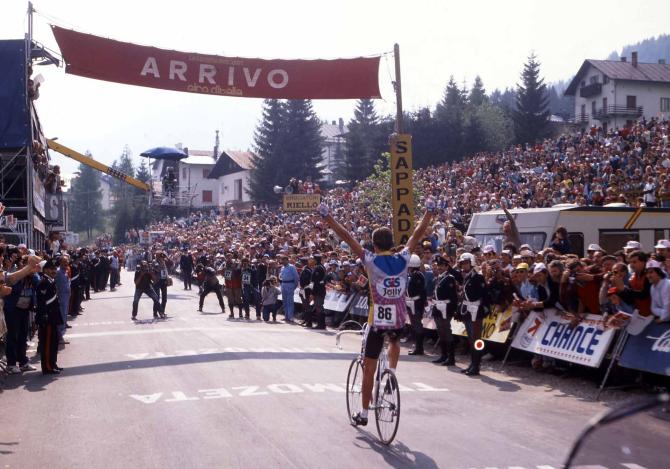
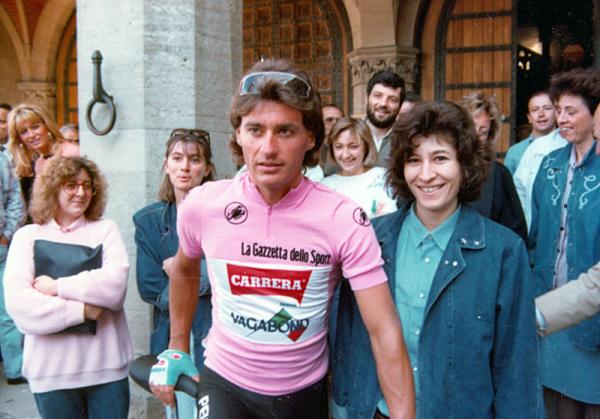
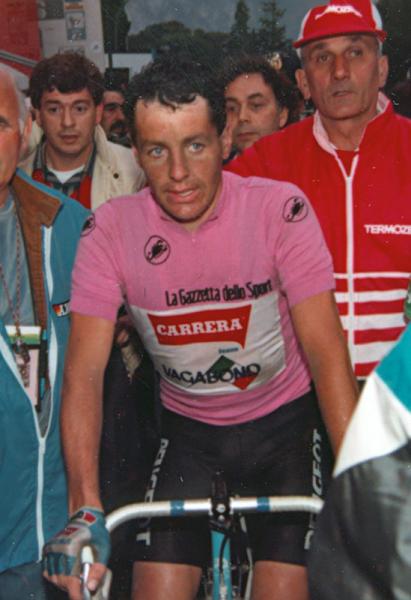
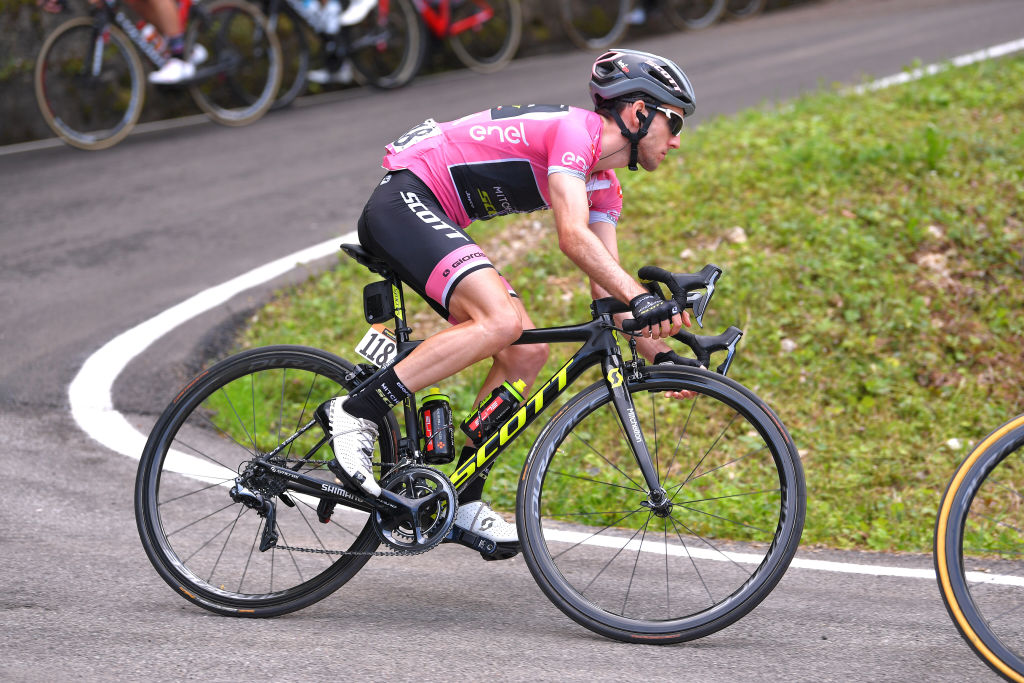
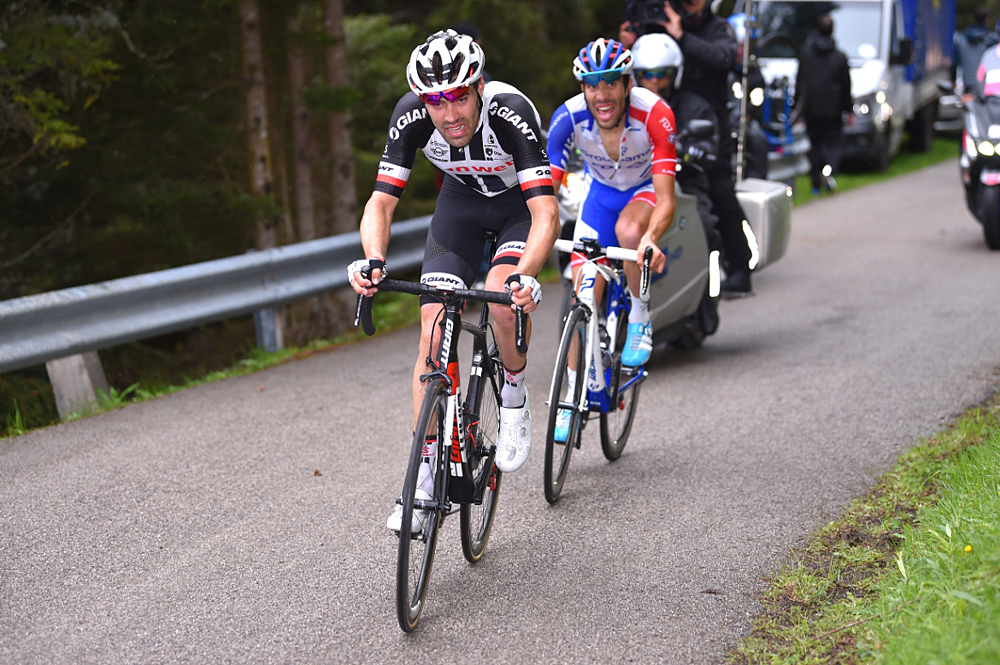
On Sunday, the Giro d'Italia finishes in Sappada for the first time since 1987, and it's hard not to think of Stephen Roche, Roberto Visentini, and all that. Memories of that internecine strife seemed even more apposite a week ago, when Esteban Chaves was still vying with Simon Yates for leadership of Mitchelton-Scott, but the basic lesson of that day 31 years ago still applies: this is ambush country.
Everybody has a different version of the events of June 6, 1987. Roche's account is obviously refuted by Visentini's, but even synoptic gospels like those of Carrera manager Davide Boifava, Roche's mechanic Patrick Valcke and domestique Eddy Schepers feature conflicting details.
The one certainty, however, is that Roche identified that supposedly straightforward leg through the Julian Alps as a better place to launch an offensive than the following day's tappone over the Marmolada. Sometimes, an element of surprise does more damage than the stiffest of climbs.
The treacherous descent of the Forcella di Monte Rest, where Roche slipped away, does not feature on Sunday's route, which, if anything, is more difficult than that of 1987. The 176km trek from Tolmezzo to Sappada has four classified climbs – including the Passo Tre Croci – some sinuous descents and scarcely a metre of flat. At the end of the second week of racing, and with the exertions of the Zoncolan still in the gruppo's legs, this stage promises to be far more demanding than the route book suggests.
"After the stage finish, everyone was talking about today, but the whole weekend is very difficult," maglia rosa Simon Yates said after placing second on the Zoncolan. "Everyone will be tired from today and tomorrow is a very difficult day as well."
The strength in depth of Mitchelton-Scott's squad in the mountains has been an obvious feature of this Giro, but it was notable that Yates was more isolated on the Zoncolan than on any other climb so far. The choice, it seems, was deliberate.
"A few of our guys sat up at bottom of the Zoncolan to save energy for tomorrow," Yates said. "Hopefully that will be a big advantage."
Get The Leadout Newsletter
The latest race content, interviews, features, reviews and expert buying guides, direct to your inbox!
The route
The road begins to climb shortly after the start in Tolmezzo with a steady, unclassified ascent towards Forni di Sotta. This is a preamble to the day's first categorised climb, the category 3 Passo della Mauria (8.8km at 4%), the summit of which comes after 48km.
The gruppo then descends from Friuli into the Veneto, reaching the first intermediate sprint at Valle di Cadore after 75.6km. From there, the road climbs steadily for another 30 kilometres or so until the second intermediate sprint at Cortina d'Ampezzo, as the Giro reaches the fringe of the Dolomites.
From Cortina, the route immediately scales the category 2 Passo Tre Croci (7.9km at an average of 7%, and a maximum of 12%), bringing the race to an altitude of 1,805 metres, before the long, fast descent to Auronzo di Cadore.
After that prolonged softening-up process, there could be frissons aplenty in the final 40km. The category 2 Passo di Sant'Antonio (8.3km at an average of 7.5% and a maximum of 15%) is followed by a technical descent, which leads directly to the category 2 Costalissoio (3.8km at an average of 8.8% and a maximum of 14%). The steepest section comes just over a kilometre into the climb, and its summit comes just over 15km from the finish: in other words, an ideal springboard for late attackers.
The day's difficulties do not end there. Sappada sits on a plateau 1,200 metres above sea level, and the unclassified Cima di Sappada drags upwards for the bones of 10 kilometres, with gradients flitting between nine and 10% at various points. The road only flattens out in the final kilometre, where the finish line is located at more or less the same spot where Visentini rolled home 7 minutes behind Roche in 1987, and looked up to see his teammate on the podium wearing his pink jersey.
The state of play
Yates has looked more or less impregnable thus far during his tenure in the maglia rosa, not least on set-piece mountaintop finishes. The road to Sappada offers a different kind of test, though the Briton is unlikely to be daunted and will no doubt see the stage as another opportunity to buttress his lead ahead of the Rovereto time trial.
Tom Dumoulin (Sunweb) remains second overall, but he is now 1:24 down on Yates after the Zoncolan. The Dutchman maintained on Saturday that Yates will win the Giro if he continues to climb as he has done to this point.
On Sunday, the onus will be on Dumoulin and others – notably Domenico Pozzovivo (3rd at 1:37) and Thibaut Pinot (4th at 1:46) – to isolate Yates and force him into racing long before the final haul towards Sappada. Above all, this stage promises to be a test of Yates' Mitchelton-Scott team, which has been the strongest in the race to this point.
Chris Froome's victory on the Zoncolan, meanwhile, has brought him back into the general classification picture, though he remains 3:10 off Yates, in 5th place overall. After a trying start to the Giro, Froome, who is racing despite a positive test for salbutamol on last year's Vuelta a España, was a man seemingly transfigured on the Zoncolan. Notable, too, was the strength of his teammate Woet Poels, who had been quiet to this point on this Giro. At the very least, Team Sky will expect to have strength in numbers in the front group in the final 40km en route to Sappada.
Coming just 24 hours after the extreme and very specific effort delivered on the Zoncolan, there will be heavy legs aplenty in the peloton, while the anticipated rain only exacerbates the difficulty of the stage. The melodrama of 1987 seems unrepeatable, but, even so, it's best to expect the unexpected.

Barry Ryan was Head of Features at Cyclingnews. He has covered professional cycling since 2010, reporting from the Tour de France, Giro d’Italia and events from Argentina to Japan. His writing has appeared in The Independent, Procycling and Cycling Plus. He is the author of The Ascent: Sean Kelly, Stephen Roche and the Rise of Irish Cycling’s Golden Generation, published by Gill Books.